
Flagship Food Group, Denver-Based Food and Consumer Products Company
April 1, 2017
In 2015, Flagship Food Group relocated its headquarters from Los Angeles to Denver in no small part for access to Centennial Airport.
“We started in 2005 as a very small business, with one plant in L.A., and we had about 100 employees at that point,” said Flagship CEO Rob Holland. “Today, we have 800 employees and 11 facilities. We’ve actually doubled in size every couple of years, and aviation’s been really key to that.”
As a maker of salsas, sauces and prepared meals, Flagship Food Group has a manufacturing plant in Albuquerque and sources green chiles from the Hatch Valley in New Mexico. The company also has marketing offices and warehouses in Boise, Indianapolis, Las Vegas and Minneapolis. Central to all those sites is Denver – a two-hour flight in Holland’s Eclipse 500 from any of Flagship’s U.S. locations.
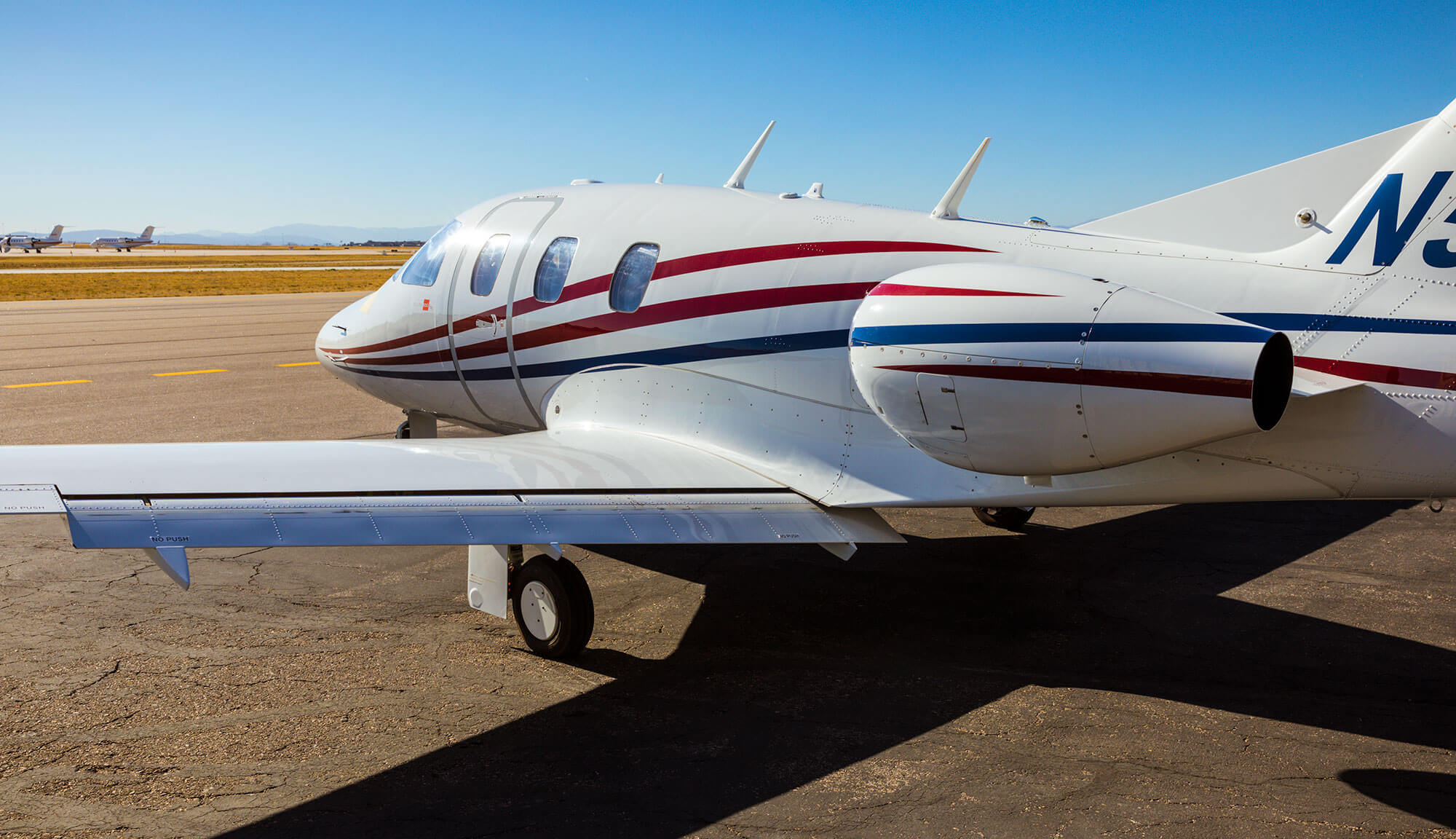
Holland has been a pilot since he was 16. He acquired the Eclipse in 2015, the same year he moved with Flagship to Denver. Before that, he would fly his Cirrus SR22 for company business. In 2014, Holland encouraged Flagship’s CFO, Patrick Moulder, to obtain a pilot’s license, and the two often fly together, as captain and first officer, to meet customers and visit the company’s plants and offices.
Cost-Effective and Efficient
“If I can be the pilot, and my CFO the copilot, using general aviation isn’t much more expensive than flying commercial,” said Holland. “Having a trained, competent copilot makes the model work.”
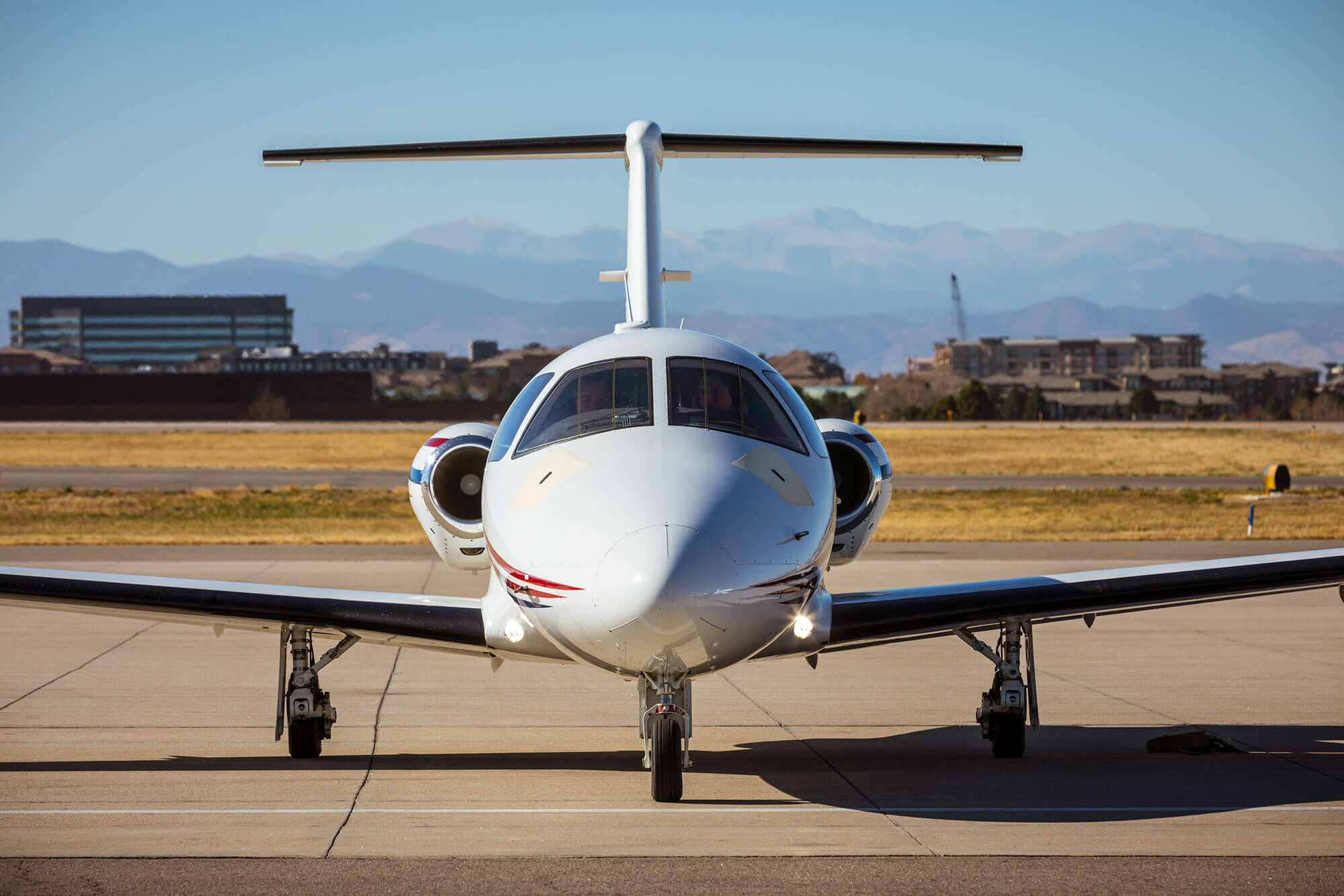
That’s especially true because the Eclipse’s fuel efficiency makes it a cost-effective aircraft to dispatch for the two-hour legs that Holland and Moulder fly.
At its optimal altitude, the light jet “burns not that much more gas per nautical mile than a large SUV,” said Holland. “We don’t take costs lightly. We have shareholders, and we want to be sure that we’re being responsible with aviation and how we use that asset.”
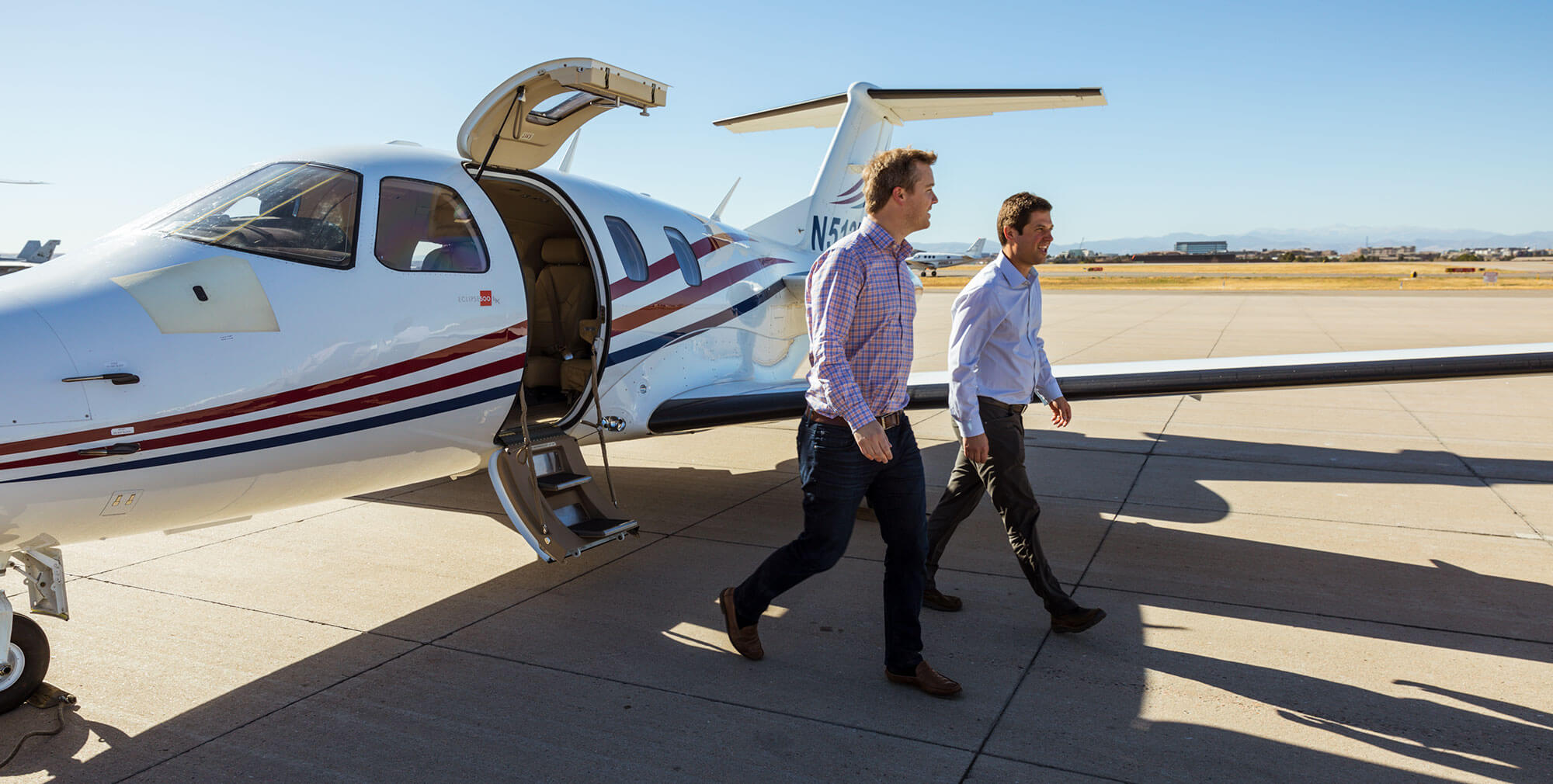
As the CFO, Moulder is responsible for running the numbers on trip costs. “When we do the analysis and compare it to airline tickets, it’s comparable,” said Moulder. “Especially when you look at our travel schedule. It’s not planned very far in advance. The most [notice] we get is maybe two weeks. Often it’s a day-before decision, so commercial airline tickets are very expensive at that point, and for us [flying the Eclipse] is close to the same cost.”
Today, we have 800 employees and 11 facilities. We’ve actually doubled in size every couple of years, and aviation’s been really key to that.
Fuel is also cheap at Centennial Airport, which offers ample hangar space and FBO services from multiple providers. Also, the airport is at the heart of the Denver Tech Center, surrounded by hotels that retail partners can stay at when visiting Flagship’s head office.
Additionally, Denver is a top market for Flagship Food Group products. So, in 2015, after expanding to locations across the West and Midwest, “we picked up our entire company and moved to Denver, in no small part because of general aviation and Centennial Airport,” said Holland.
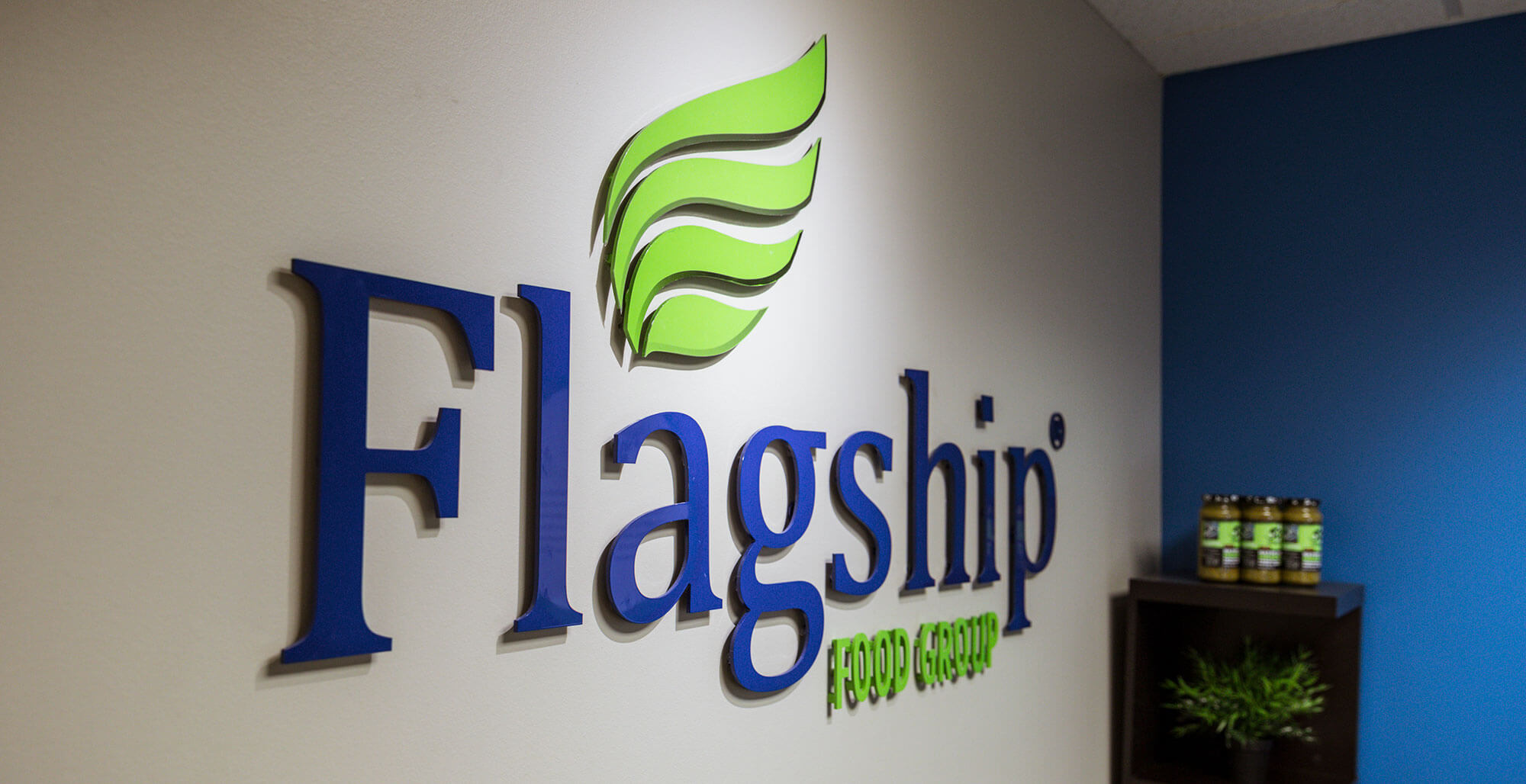
Walking into the company’s office, the first two things visitors see are a mural of the Hatch Valley – lush with green chile plants – and photos of Flagship’s demonstration kitchen. This is where Holland can showcase new products to representatives from Whole Foods, Safeway, Kroger and other retailers.
Flagship’s offices are less than 10 minutes from Centennial Airport, but Holland also built a smaller demonstration kitchen right in the hangar, which comes in handy when he and Moulder have the opportunity to fly customers in and the passengers happen to step off the plane hungry.
More often, Holland and Moulder fly to customers or suppliers, like when a retailer contracts them to produce a private label sauce or frozen meal.
Safer Together
Flying together isn’t just cost-effective, it adds an additional layer of safety. The Eclipse is designed and certified for single-pilot operation, but Holland appreciates the safety benefit of flying with Moulder as first officer.
While Moulder is still working on his instrument rating and Eclipse type rating, having a pilot who is familiar with the aircraft and who can help perform cockpit tasks from the right seat is effective risk-management.
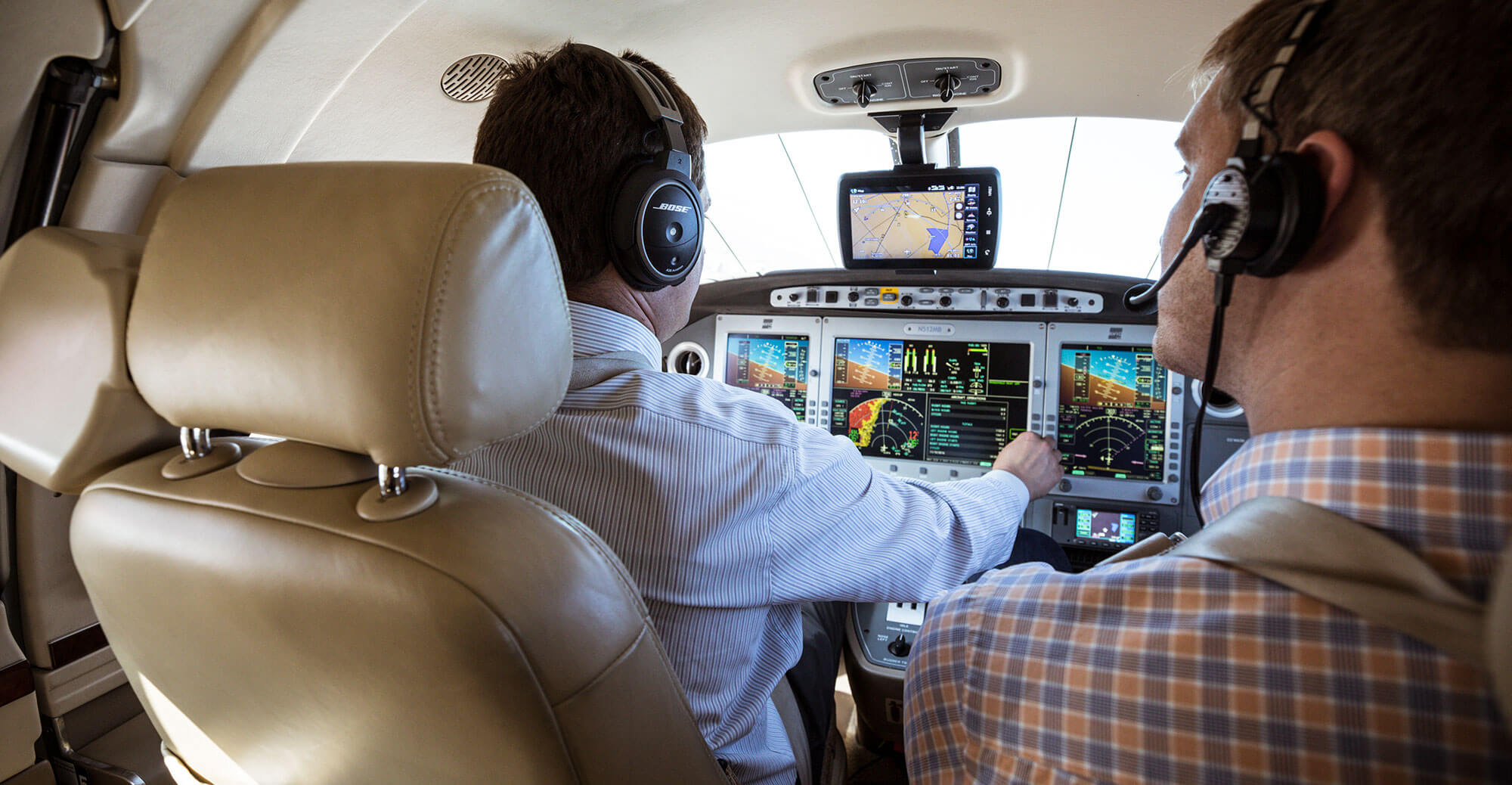
“To have a second pilot up there who knows what’s going on helps when making decisions,” said Moulder. “We’re always very clear about what role I’m going to be playing and what role he’s going to be playing, so we work as a team.”
Moulder handles the radio and helps with spotting airplanes. He also pulls up approach plates, weather information and airport layouts on the cockpit iPad. He’s a second set of eyes, going through the checklist with Holland and sharing the workload during the busiest phases of flight.
“Safety is key,” said Holland. “When you’re flying to a business meeting, you want to be focused on flying when you’re flying, and business when you’re doing business. So, having Patrick as a competent copilot adds safety in the cockpit.”
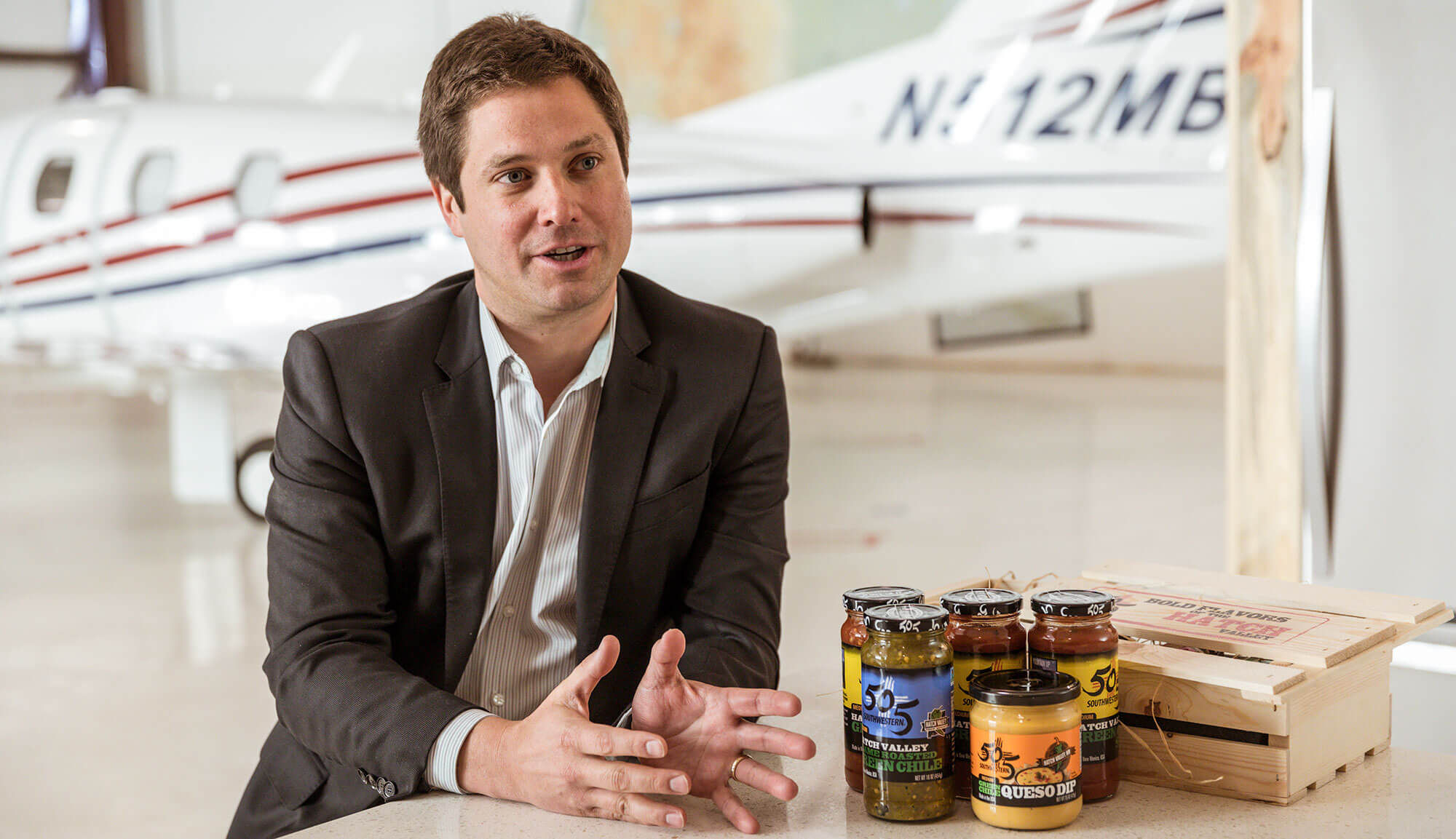
Before a flight, Holland and Moulder will talk about any new situations they might encounter. After the flight, they’ll discuss any issues that came up, for example, an unexpected instruction from an air traffic controller.
“We may not have a formal [briefing] process, but it’s probably much more formal than you would think,” said Moulder.
From the Border to Boise
The areas Holland and Moulder fly into most often are Albuquerque and Hatch, NM, which is about 80 miles from the Mexican border.
“We’ll go down and visit our suppliers in Hatch Valley and see the plant processing the chiles right off the farm,” said Moulder. “Business aviation is critical to us, because in the food business, you have to understand the entire chain of food, starting at the farm and ending at the grocery store.”
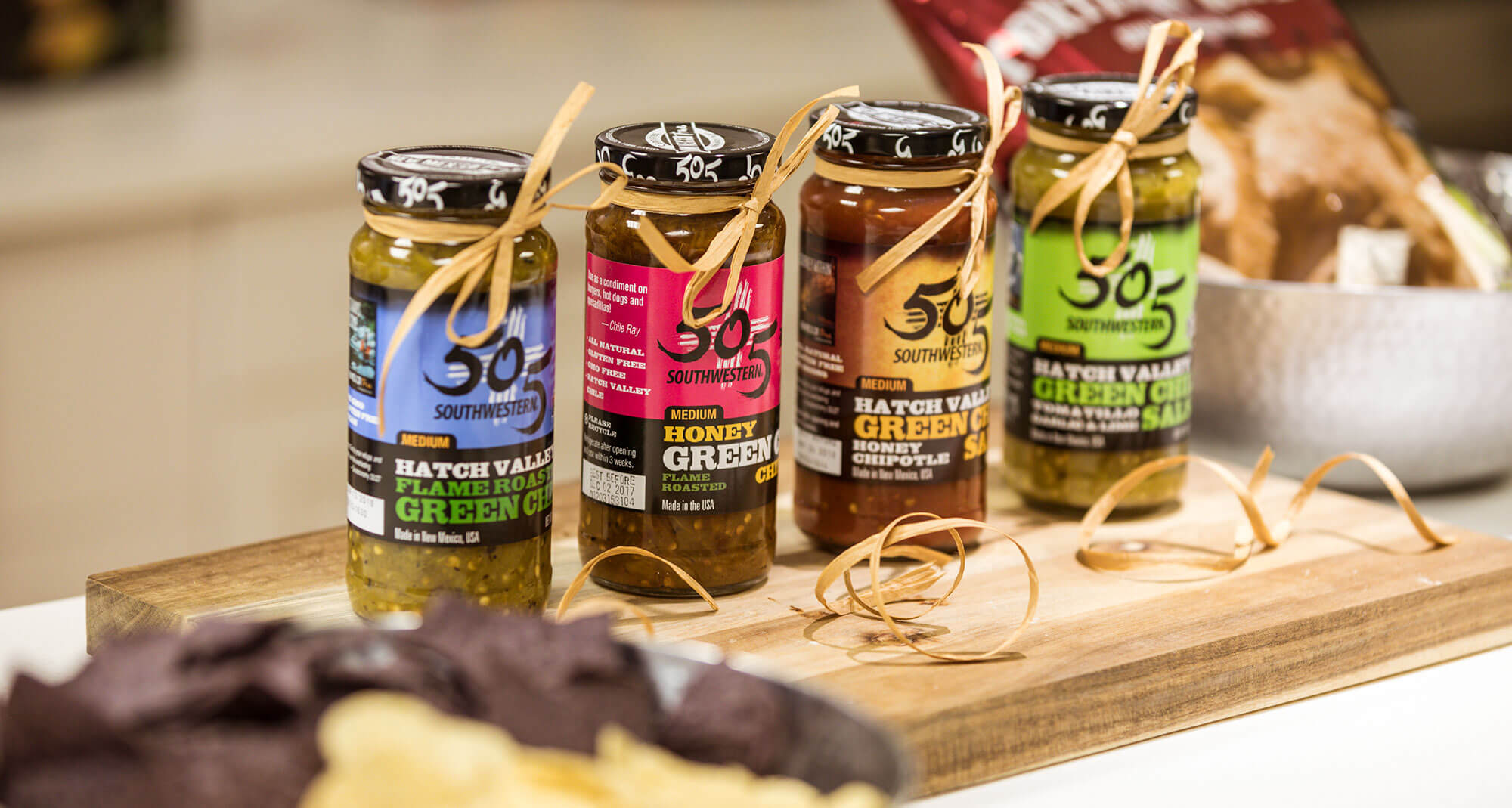
Often, the CEO and CFO will fly from Centennial to New Mexico early in the morning, then straight to Boise later that afternoon, where they’ll have a working dinner with the marketing team, and spend the whole next morning at the Boise marketing office. Using the Eclipse, they’ll be back in Denver by 3 p.m.
“Now try doing that by flying commercial,” said Holland. “You can’t. You’re literally going to spend three days on probably five or six legs [if you fly the airlines]. Because of the efficiencies we achieve with general aviation, the ROI is enormous.”
Learn more at www.flagshipfoodgroup.com.
The Importance of GA Airports
With general aviation and Centennial Airport so important to his business, Flagship Foods CEO Rob Holland wanted to share the story of relocating the company from Los Angeles in 2015.
At a conference hosted in Denver by the American Association of Airport Executives (AAAE) and Centennial Airport Executive Director Robert Olislagers, Holland joined a panel with other business aircraft pilots, and NBAA staff and committee members to talk about the value of GA airports.
“Robert invited me to speak, and I was very proud to talk about how, as a businessperson, small airports matter,” said Holland.
Olislagers said that Holland’s story “is about the use of airplanes to get very quickly to a lot places where he does business. For us, it’s really important to have that partnership with individuals and companies and tell that story.”
Alex Gertsen, NBAA’s director of airports and ground infrastructure; Steve Hadley, NBAA’s director of regional programs; and Gary Cooke, an NBAA committee member, also participated.
“We need advocacy groups like NBAA and airports like Centennial,” Holland said “Taking our message to community leaders is vital.”
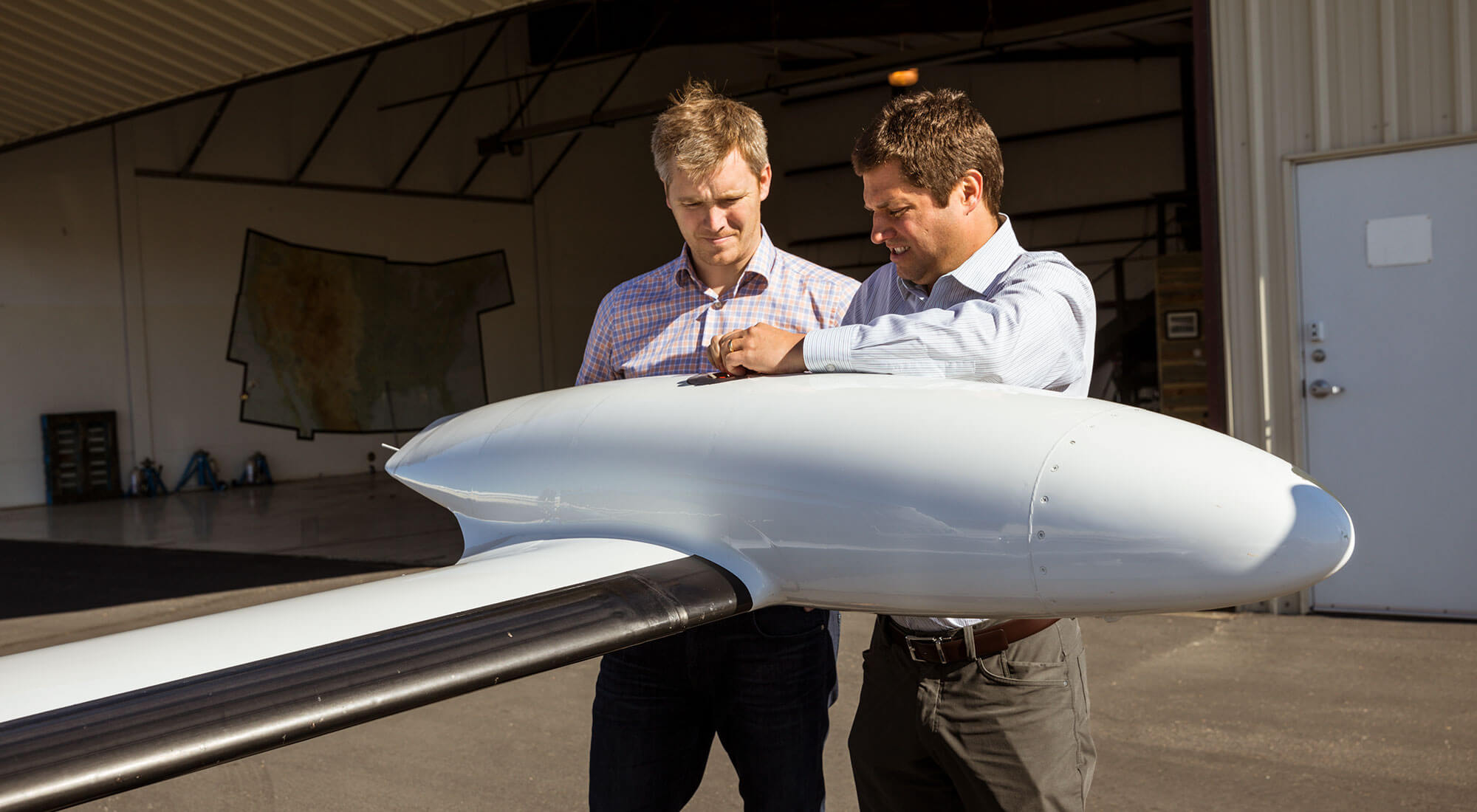


 International Business Aviation Council Ltd.
International Business Aviation Council Ltd.